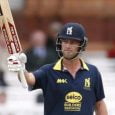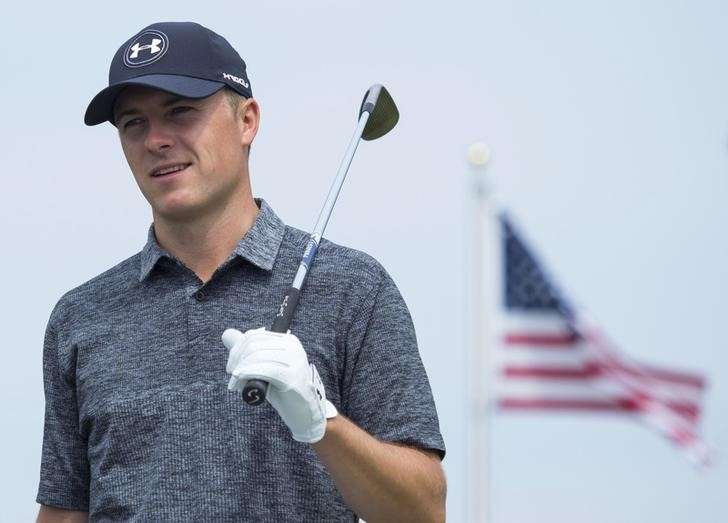Forensic anthropologist Sue Black describes how the thrill of dissecting her first corpse led to a celebrated career bringing war criminals to justice

In Sue Black’s line of work, gallows humour is a must. As a forensic anthropologist, her job is to identify human remains, often of those killed in war zones or mass disasters. The evidence she collects contributes to convicting war criminals, building cases against child abusers and repatriating bodies back to families.
It can be a harrowing responsibility but humour can be a great coping mechanism, she says: “Some of the funniest places I have been in the world have been mortuaries – it sounds like a dreadful thing to say, but the humour is never directed at the deceased or the situation.”
Colleagues will play silly pranks – one might nail another’s bag to the floor, for example. “It helps you to lighten the load of the enormity of what you are doing; it is never disrespectful,” she explains, speaking from the University of Dundee, where she is professor of anatomy and forensic anthropology.
In 2001 she was awarded an OBE after working for the international war crimes tribunal in Kosovo and was most recently involved in the assessment of alleged torture in alleged detention camps in Syria. In between, she has done tours in Iraq, identified victims of the 2004 Boxing Day tsunami and been deployed on UN missions to Sierra Leone and Grenada.
“It can be absolutely horrendous and you’d be almost inhuman not to be affected, but you can’t let personal distress get in the way of the job you have to do,” she says.
It requires an almost clinical detachment and huge levels of focus. “You have to keep reminding yourself that the blame and guilt associated with what’s happened isn’t yours to bear,” she says. “That person in front of you needs to be sent back to their family and the quality of the evidence you collect is what will help the courts make a conviction.”
Her work in Kosovo would take her away from her family for weeks at a time, often at short notice. Conditions were tough – there was no running water, no toilets and there were snipers. Her job was to see if the physical evidence corroborated the stories of those who had survived the massacres. For hours she and the team would painstakingly sift through cindered, maggot-infested remains, partly eaten by dogs.
“On a professional level you’re told what it will be like, but nothing prepares you on a personal level. I like to think we made a little bit of a difference to the way in which that entire part of history has played out.”
Not everyone would have the stomach for such a grisly career. But for Black it was her Saturday job in a butcher’s shop as a schoolgirl which laid the groundwork. “It was there I became familiar with seeing muscle and blood and bone,” she explains.
By the time she left to study anatomy at the University of Aberdeen, the gory elements of the course didn’t come as such a shock. “The acclimatisation for anatomy happened in the butcher’s shop and the acclimatisation for forensics happened in anatomy – it was a natural progression.”
Nonetheless, no medical student ever forgets their first cadaver, she says. The anatomy department at her university was in a very old and echoey Victorian building; the cadavers lay on thick-lipped glass tables, ensuring the bodily fluids didn’t drain away. Black nicknamed her cadaver David.
“For some it’s a very traumatic experience, for me it was exciting; it’s something that polarises people.” The experience assaults all of your senses and there is always a bit of fear and hesitation. “That first time you take a scalpel and cut through human skin is something you’ll never forget, it’s monumental.”
At 54 years old, her first experiences in the dissecting room were very different to those of her students today. “When I was a student you were given your text box and dissecting instruments, shoved through the door and told to get on with it,” she recalls. “Now there is a lot more care in talking to students about the importance of what they’re doing, who bequeathed the cadaver and what to expect.”
Today, not only does Black pass on her knowledge and love of anatomy to her students, she also has a gaggle of crime writers keen for her expertise as well, chief among them, Scottish author Val McDermid. Grateful for her insight over the years, these writers recently helped fund a £2m state-of-the-art mortuary for her students at the University of Dundee.
The biggest misconception about what she does? That DNA solves everything (it doesn’t, don’t believe CSI) and that forensic anthropology is just about working with the dead.
Since 2004 Black has worked with the metropolitan police on forensic techniques to match crime suspects – largely paedophiles – to hands and forearms captured in photos or videos.
“We are able to identify different vein patterns and skin creases; there is a tremendous amount of research into the variation of anatomical features on this part of the body,” she explains. Of the cases Black and her team has taken on, she claims the majority of defendants change their plea to admit the crime as a result of her work.
“It is extremely important because the court saves a tremendous amount of public money because the cases don’t have to go to trial and it also means the victims, who are often young children, don’t have to go into court to give evidence against their dad or their uncle, for example.”
A forensic anthropology degree isn’t the only route into the career. Black says anatomists, chemists, biologists and mathematicians can all end up in the field.
“However you get there, you need to be able to work harder than anybody else because it is a difficult field to get into,” she says.
[Source:- Gurdian]




